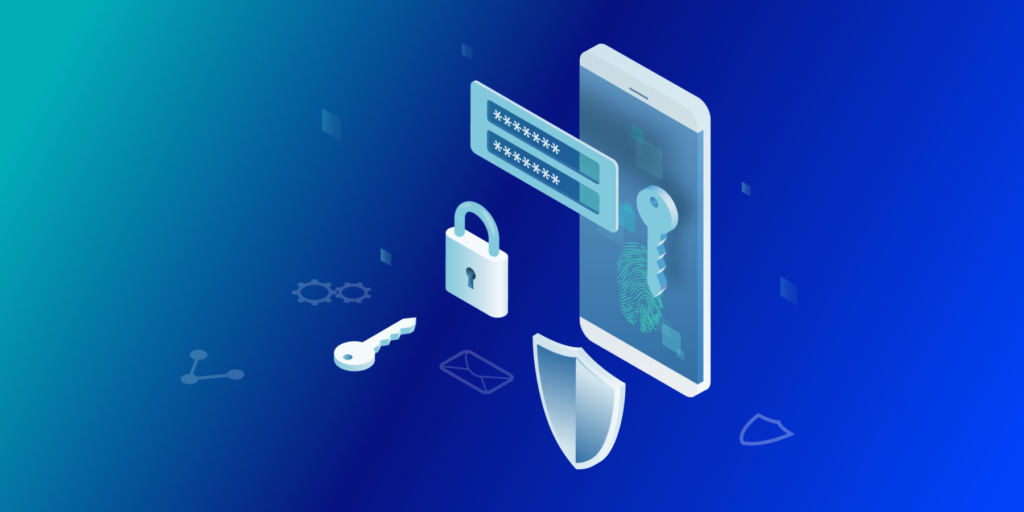In the age of digital transformation, where online transactions have become second nature, securing your shopping experience is paramount. As we navigate this ever-evolving digital landscape, it’s crucial to recognize the escalating threat of cybercrime and take proactive steps to protect our financial information.
As per a report from 2021, the projected worldwide expense associated with online payment fraud is anticipated to surge to approximately US$206 billion by the year 2025. Furthermore, a separate report by Juniper in 2022 offered predictions indicating that businesses could encounter losses exceeding US$343 billion due to online payment fraud on a global scale within the period spanning from 2023 to 2027. Notably, this amount surpasses “over 350% of Apple’s reported net income in the 2021 fiscal year.”
Unveiling the Menace: Online Shopping Fraud and the Imperative of Shopping Cybersecurity
The alarming surge in online shopping fraud underscores the adaptability of cybercriminals. Just as pickpockets targeted wallets in the past, these malevolent actors exploit vulnerabilities in online shopping platforms to compromise sensitive data, predominantly impacting younger demographics. However, it’s essential to recognize that online shopping remains secure with proper shopping cybersecurity practices in place. By adhering to these practices, you can ensure the safety of your digital transactions and enjoy a seamless online shopping journey.
Essential Practices for Robust Shopping Cybersecurity
1. Website Assessment
When encountering an unfamiliar online retailer, exercise caution before proceeding with a purchase. Prioritize due diligence by researching the site’s credibility through reviews and verifying its authenticity.
2. Phishing Emails
Exercise unwavering caution when confronted with phishing emails that promise urgent rewards or enticing offers. Cybercriminals often impersonate reputable brands, such as Amazon or PayPal, to deceive users into divulging sensitive information. Keep in mind that legitimate companies do not solicit sensitive data via email. If uncertain, directly contact the company through official channels to authenticate the communication’s legitimacy for the sake of your shopping cybersecurity.
3. Optimal Payment Methods
Choose payment methods that prioritize security to minimize potential risks in your shopping cybersecurity. Credit cards offer an additional layer of protection, preventing direct access to your bank account. Digital payment services like PayPal facilitate secure transactions without necessitating the sharing of card information across multiple platforms. These services mitigate the chances of financial loss due to cyber threats.
4. Two-Factor Authentication (2FA)
Elevate your online security by activating two-factor authentication (2FA). This supplementary layer of verification acts as a bulwark against unauthorized access. Establish 2FA using your email address or phone number, augmenting your defense against cyber threats for heightened shopping cybersecurity. Additionally, consider leveraging tools like GAT Shield for real-time alerts and URL blocking, safeguarding your sensitive data within platforms like G Suite and Google Chrome.
5. Trust Your Instincts
While enticing offers may be irresistible, exercise prudence when confronted with deals that appear too good to be true. Cybercriminals frequently exploit our pursuit of savings to ensnare us in scams. Always conduct thorough investigations before sharing payment information or committing to a purchase to ensure your shopping cybersecurity.
A Glimpse into the Cybercrime Landscape
As revealed in the 2022 Internet Crime Report compiled by the FBI’s Internet Crime Complaint Center (IC3), the data unequivocally affirms that cybercriminals persistently afflict Americans by targeting U.S. networks, exploiting critical infrastructure, extorting funds and data through ransomware, orchestrating large-scale fraudulent operations, and posing threats to national security. IC3 documented a cumulative count of 800,944 officially reported complaints, with financial losses surpassing a staggering $10.3 billion.
The demographic aged 30-39 constituted the most substantial group of reporters, while individuals aged 60 and above accounted for the most substantial monetary loss.
Conclusion: A Secure Path to Digital Shopping
In an age where digital transactions define our routines, online shopping continues to be a convenient and enriching experience. By integrating these five shopping cybersecurity practices into your routine, you can fortify your defenses against the omnipresent threat of cybercrime. Remember, the power to enjoy a secure online shopping journey lies in your hands, enabling you to shop with confidence and tranquility.
Stay in the loop
Sign up to our newsletter to get notified whenever a freshly baked blog post is out of our content oven.





